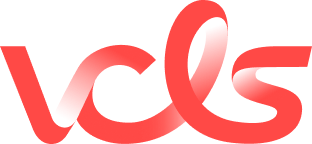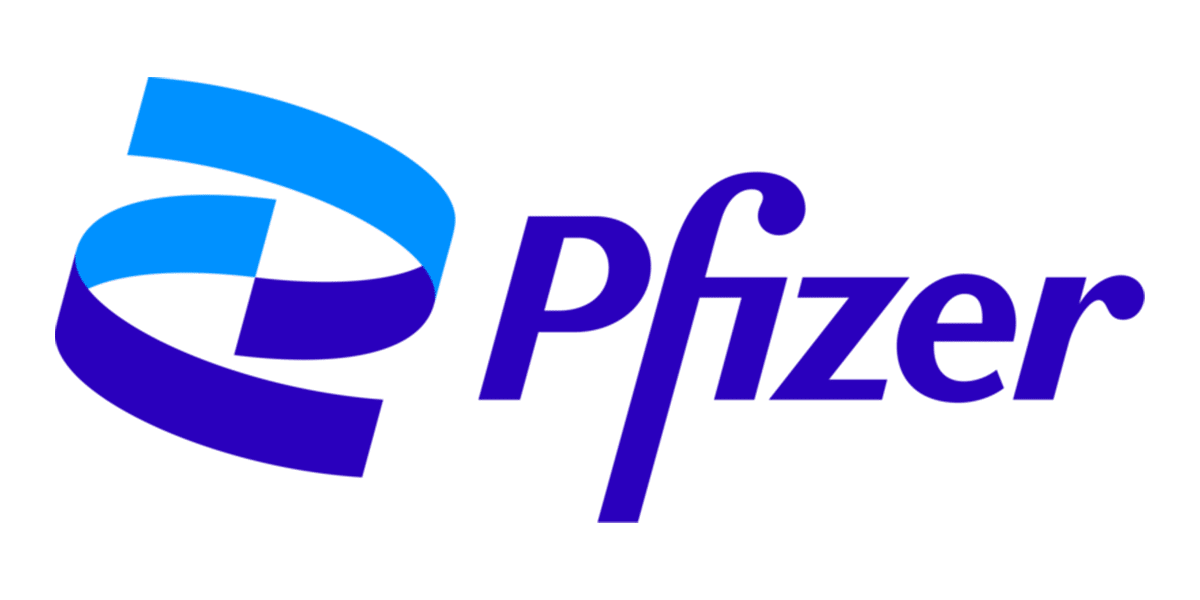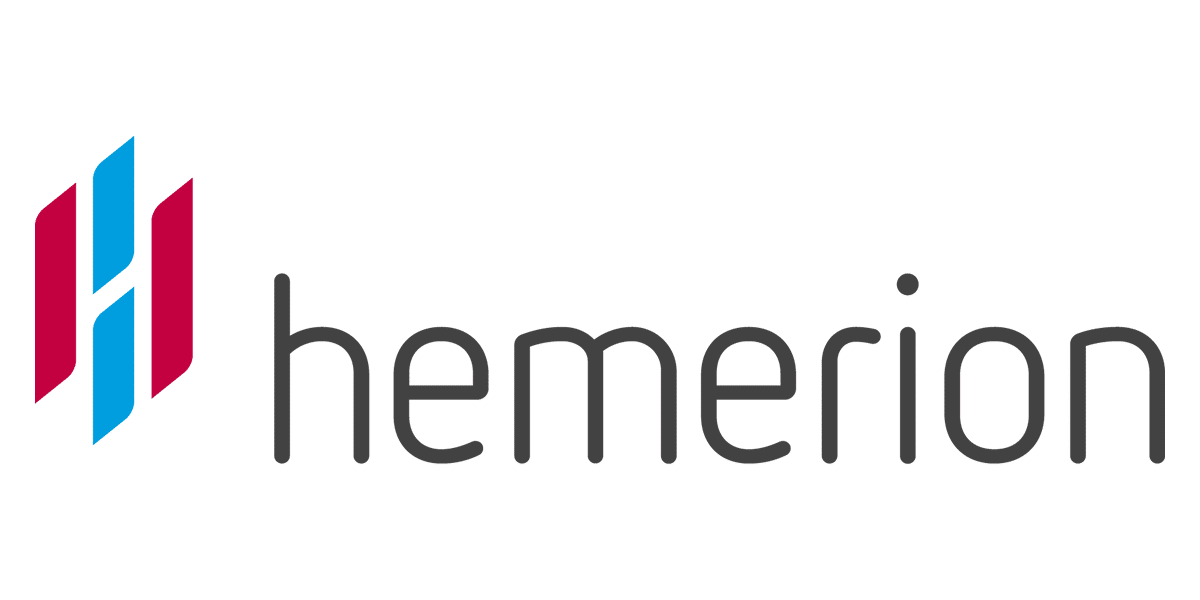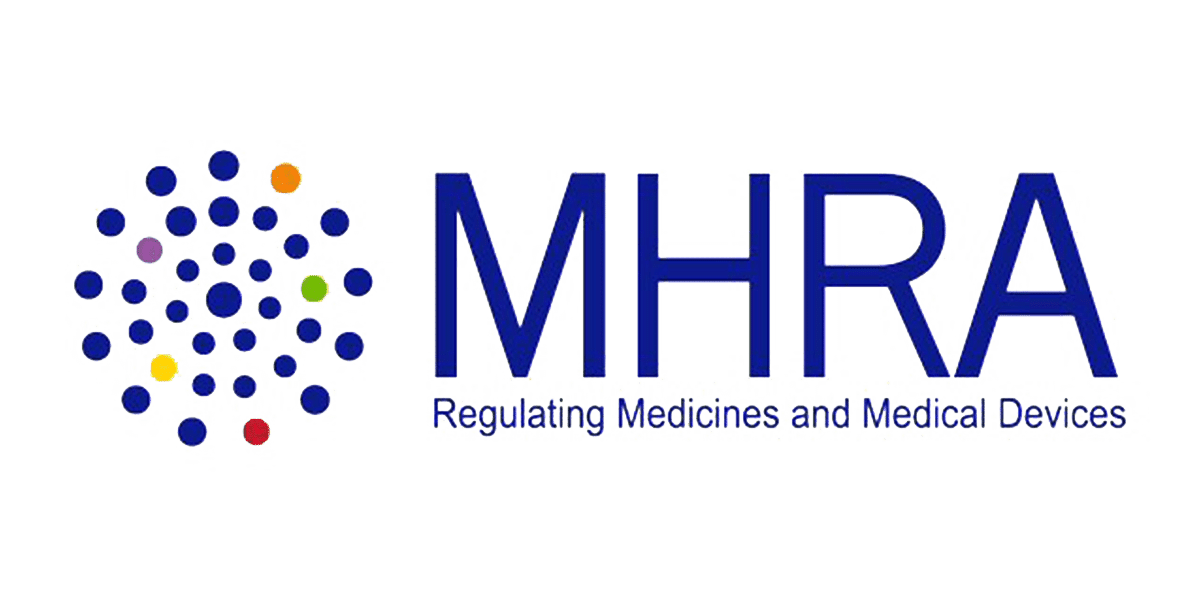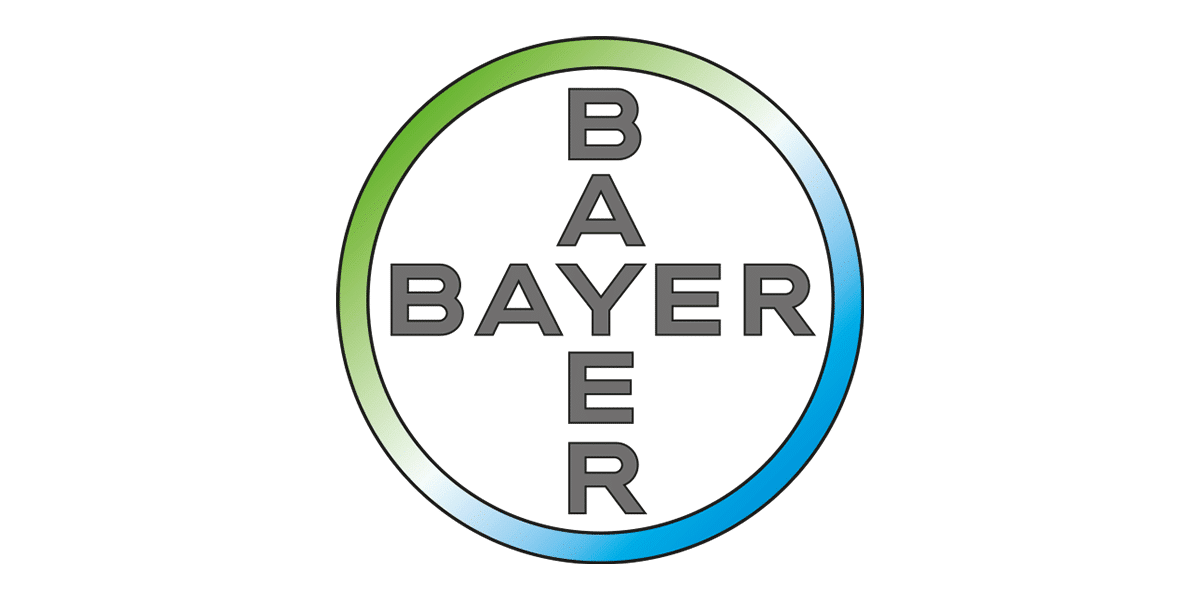This website uses cookies so that we can provide you with the best user experience possible. Cookie information is stored in your browser and performs functions such as recognising you when you return to our website and helping our team to understand which sections of the website you find most interesting and useful.
Entering a new market
Entering the EU market
Begin with the end in mind to advance your innovative product development in Europe.
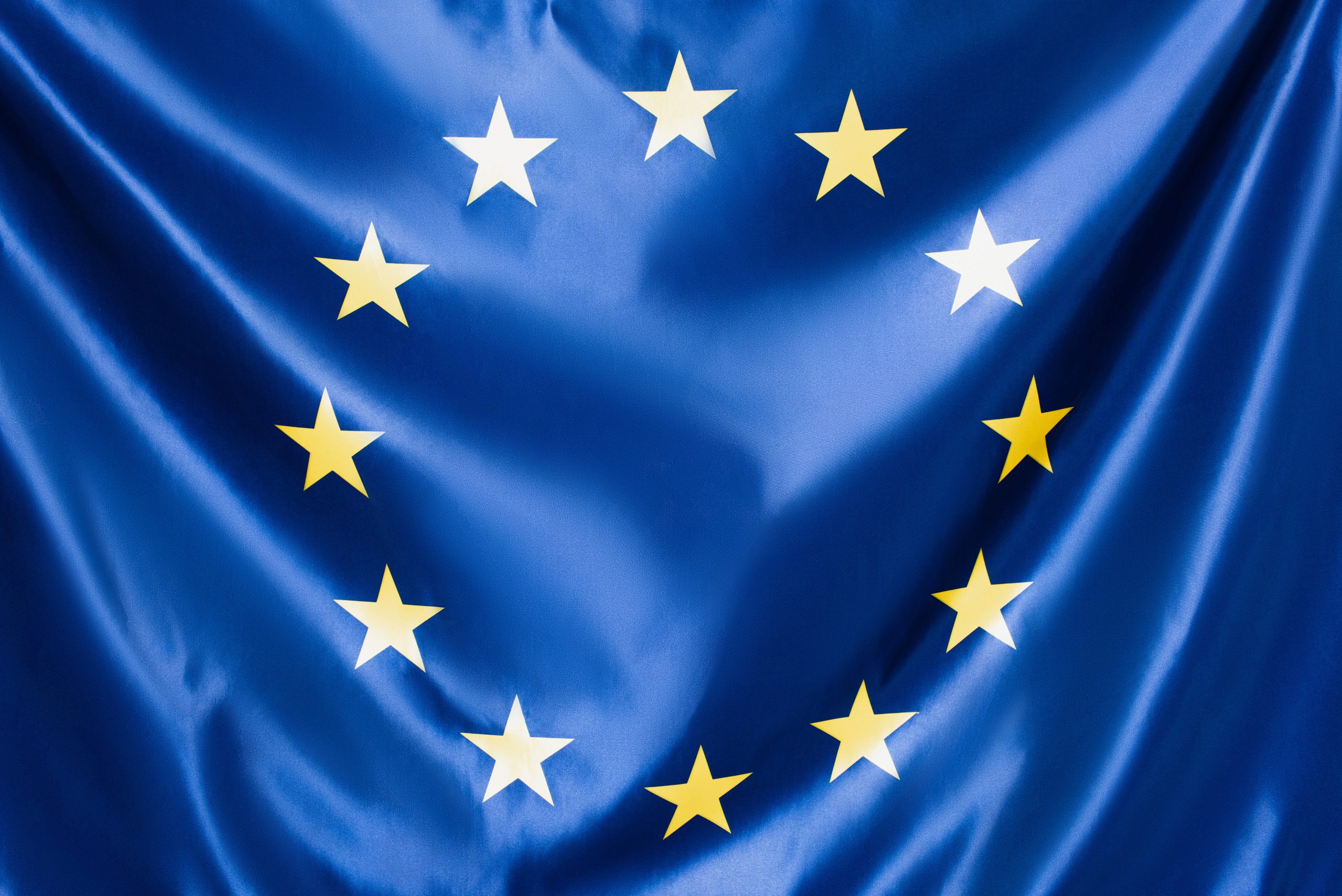
Title of the key figures
1st
To obtain MAA in tissue engineered product in Europe
100+
Health Authority meetings per year
?
Clinical studies
Solutions
What can we help you achieve: Title about the fact that VCLS provides solutions every step of the way
- Regulatory Roadmap for the regions of interest
- Strategic positioning recommendations for indication/population in First In Human (FIH) / Proof of concept (POC) overall development plan with indications which support profitable commercialization.
- Initial Target Product Profile (TPP)
- Secure safe use in FIH and beyond with adequate Nonclinical (NC) and Chemistry Manufacturing & Controls (CMC) plans, Competition/Market Access Landscape assessment.

- Maturing/Update of initial Strategic Planning & TPP
- Regulatory interactions with accelerating/facilitating tools: PRIME, Orphan Drug Designation (ODD), Paediatric Investigation Plan (PIP)
- Clinical / Nonclinical plans to secure safety & efficacy evidence generation (incl. Biomarkers, Product Activity, Mechanism of action, Pharmacovigilance & Risk management plan (RMP)).
- CMC/QA development plan to ensure Entry into human (EIH) readiness & product availability pre-/at-/post- MAA (w/ strategic scaleup changes)
- Refinement of Market Access Landscape / Positioning Assessment
- Patient Engagement (what matters most to patients, caregivers, community)
Integrated evidence strategy, starting immediately following the decision to go for a pivotal study and extends throughout to positive reimbursement resolution or beyond (post-launch evidence generation). Alignment across major ICH regions of interest (USA, EU, Japan)
- Confirm and secure the final strategy to reach and stay on the market (incl. post-approval strategy and activities such as post registration activities & risk mitigation plans)
- Pivotal/Registrational Study(ies) designs consulted/agreed upon with HTA & Regulatory stakeholders consultations (e.g. prospectively factor-in EAP/CUP RWD-RWE)
- Pivotal/Registrational Study(ies) designs consulted/agreed upon HTA & Regulatory stakeholders consultations & prospectively factor-in EAP/CUP RWD-RWE
• Studies conduct on all steps
• Secure collection of safety and efficacy/effectiveness data
• Market Access and set up of strategy related to Joint Committee Assessment during Registration (PICO), including costs associated with disease management, value dossier & core economic models, pricing strategy
• Ensure CMC/QA support, pivotal/registration readiness
- Validate with the regulatory stakeholders the three pillars (quality, safety and efficacy) to reach and stay on the market, e.g. RWE-RWD adequacy
- Vigilance : RMP
- EAP/CUP
- Market Access and confirm/solidify strategy related to Joint Committee Assessment during Registration (PICO)
- National reimbursement dossiers preparation
- Ensure CMC/QA support, pivotal/registration/commercial readiness
This latter stage extends from the start of reimbursement dossier development through the rest of the drug’s lifecycle, including post-launch evidence generation, competitive adjustments and new entrants defence strategies.
• Post approval measures to confirm quality, safety, efficacy: Maintaining and develop the outreach of the MAA/post-approval activities and implementing post-approval strategy and activities) and Pharmaco-Vigilance (RMP)
• Phase IV studies
• Post-launch evidence generation requested by Regulators or HTA bodies
• New clinical indications
• CMC/QA market supply/demand adequacy.

Why partner with us?
- We provide actionable strategic advice and implement it to operational work
- Strong medical, scientific and regulatory knowledge and know-how
- We foster the right environment to achieve the goals set within agreed timelines.
- We seamlessly streamline complex programs with right project management & transversality between our internal experts.
- In-house integrated regulatory, clinical, nonclinical, CMC, market access, and patient engagement teams with hands-on experience gained during Regulatory Agencies tenures.
Innovation
Innovation is at the core of VCLS, we use innovative technologies and approach to drive smarter decisions and deliver high quality work.
- In silico approach & Computer modelling to address small & special populations (Orphan Diseases, subpopulations), (High) Unmet Medical Need indications / Real World Evidence/Data (RWE/RWD)
- Strategic consulting and operational work for innovative products such as cell and gene products, digital health technologies, vaccines.
- Proprietary clinical trial technologies and platforms.
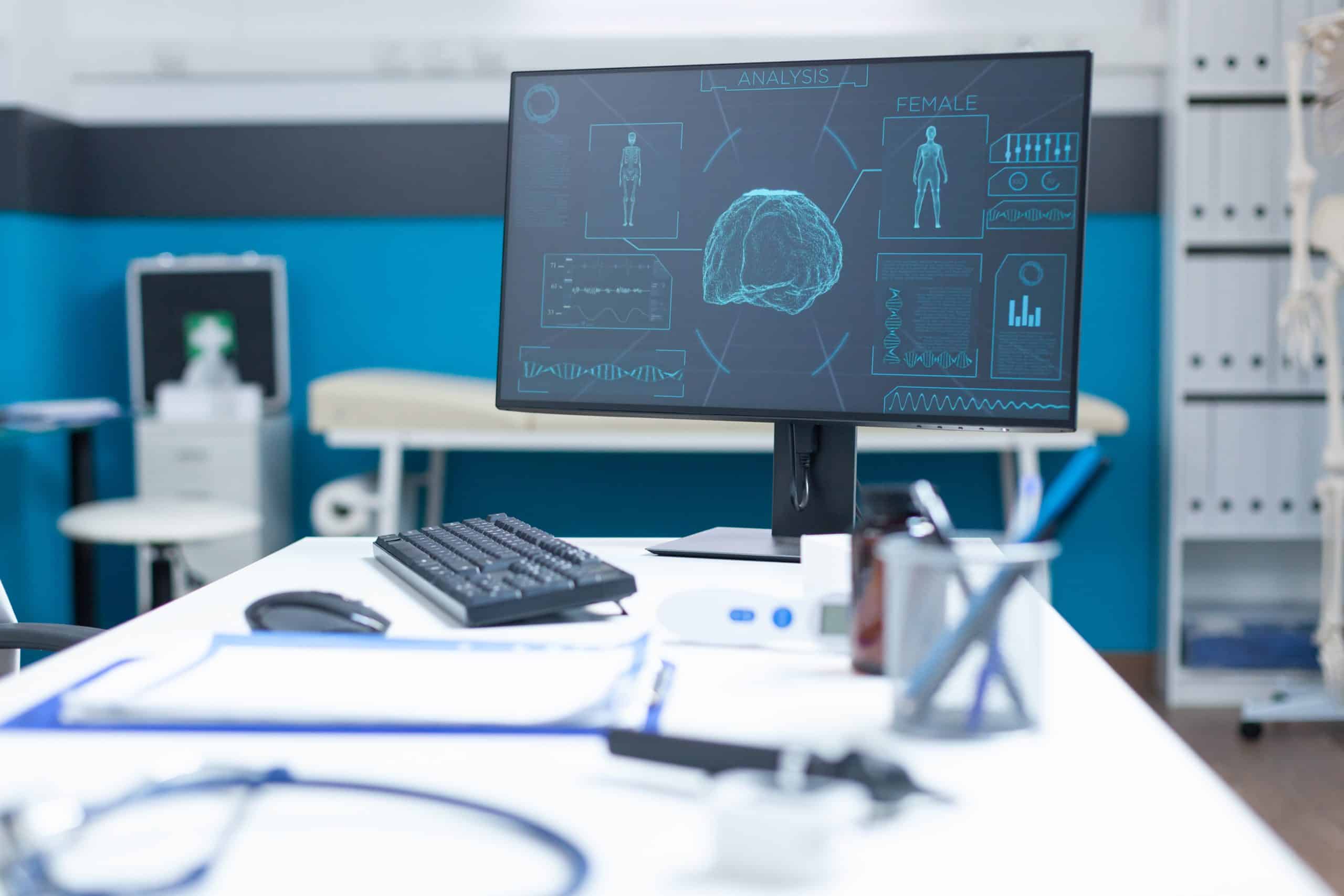
They trusted us
Getting treatments to patients is increasing complex, but we are here to help. 300+ clients all over the world advancing their development with VCLS.
FAQs about entering Europe
Can I convert my IND into the EMA’s CTR?
Not literally. The FDA’s US IND and the EU CTR support the same purpose: authorizing clinical trials with medicinal products.
Their technical format is significantly different. While the IND is published to the FDA under eCTD format, a clinical trial application (CTA) in the EU under the CTR must be processed through the online platform called Clinical Trials Information System (CTIS). This format mostly relies on data/information entered into the system’s forms, as well as a number of documents, generally in PDF format.
Their spirit & technical format is significantly different. From the spirit standpoint, on the one hand, the US-IND is an authorization to import non licensed drugs into USA for human investigation and once the IND is “opened”, creates a “virtual space” for clinical investigation, on the other hand, the EU clinical trials autorisation (CTA) is identifed by a unique EudraCT reference “coupling” an IMP with a Clinical Trial (e.g. a new CT with same IMP would warrant a new Clinical trial Authorisation (CTA) submission/approval. From the format standpoint, while the IND is published to the FDA under eCTD format, a clinical trial application (CTA) in the EU under the CTR must be processed through the online platform called Clinical Trials Information System (CTIS). This format mostly relies on data/information entered into the system’s forms, as well as a number of documents, generally in PDF format.
However, their content can be similar to some extent. For example: the study protocol, compliant with ICH standards and designed with international purpose, can be the same. Also, Quality data (Module 3) of the IND can be converted into the European Investigational Medicinal Product Dossier (IMPD).
read more
How to meet with the HTA bodies’ expectations?
Identify HTA bodies’ requirements, processes and timelines
Audit your pivotal trial design and your overall development plan, including non-clinical activities: health economics, value story, patient engagement, pricing strategy, real-world evidence generation1.Understand the end goal and product specific requirements
2.Rely on science and experience – strong scientific rationale most often wins
3.Strong relationships and appropriate interactions with Health Authorities can reduce development timelines
1. Identify the HTA bodies that will appraise your health technology.
2. Identify HTA bodies’ requirements, processes and timelines.
3. Audit your pivotal trial design and your overall development plan, including non-clinical activities: health economics, value story, patient engagement, pricing strategy, real-world evidence generation.
read more
Related Glossary

Get your questions answered by our experts
Donec quam felis, ultricies nec, pellentesque eu, pretium quis, sem nulla
